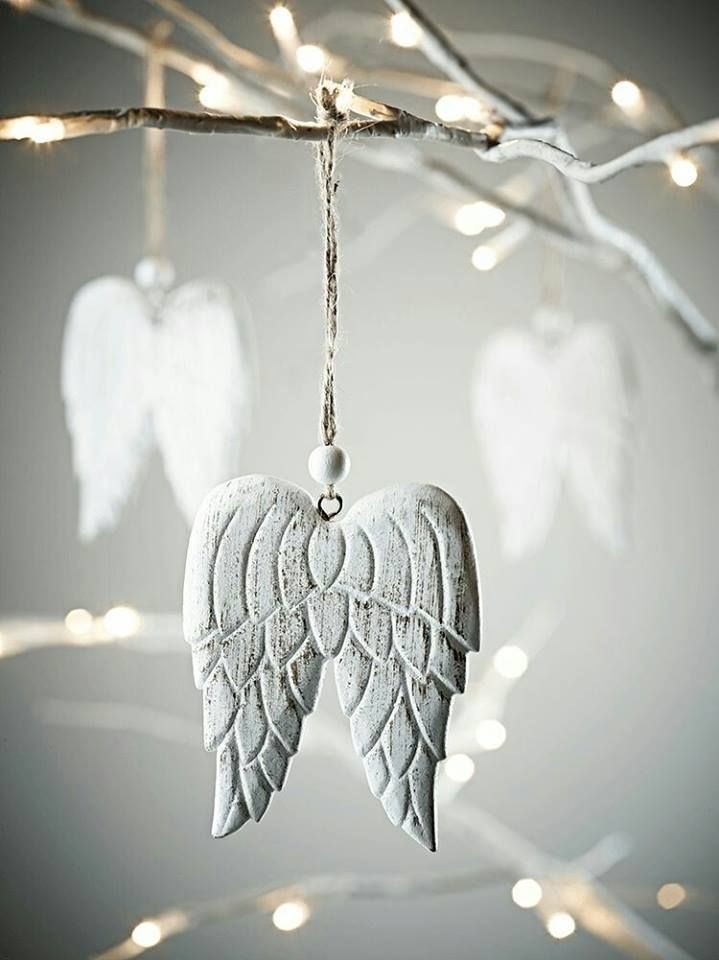The Art of Journaling: A Poetic Guide to Self-Witnessing
- Koöko Fleurs
- Oct 8
- 3 min read

Journaling is more than writing—it is a ritual of presence, a sanctuary of ink and breath. Across centuries and cultures, humans have turned to the page to record dreams, process emotions, and preserve memory. This guide invites you to rediscover journaling as a poetic practice: one that heals, clarifies, and affirms your creative identity.
A Brief History of Journaling
- Ancient Echoes: In Egypt, scribes recorded rituals on papyrus scrolls. In Babylon, clay tablets bore witness to daily life. Chinese scholars etched reflections onto bamboo slips, blending philosophy with poetry.
- Medieval Whispers: Monks chronicled prayers and visions in illuminated manuscripts. Leonardo da Vinci filled notebooks with sketches, inventions, and mirrored musings.
- Modern Voices: From Anne Frank’s diary to Frida Kahlo’s illustrated journals, the practice evolved into a vessel for emotional truth and creative expression.
- Digital Drift: Today, journaling lives in apps, blogs, and cloud-based diaries—but the tactile intimacy of pen and paper remains sacred to many.
Why Journal?
- Emotional Clarity: Journaling helps untangle thoughts, soothe anxiety, and build resilience.
- Creative Flow: It unlocks poetic and artistic impulses, especially when paired with sensory rituals.
- Memory & Legacy: Journals preserve personal history, offering future readers a glimpse into your inner world.
- Goal Setting: Bullet journaling blends mindfulness with productivity, tracking habits, dreams, and milestones.
- Spiritual Grounding: Journaling becomes a space for prayer, affirmation, and intuitive listening.
How to Journal: A Ritual Guide
Journaling is not a task—it is a ritual. Here’s how to create a practice that feels sacred, sustainable, and emotionally safe.
1. Prepare Your Sanctuary
- Choose a quiet space: a corner, a café, a bed with soft pillows.
- Light a candle, play gentle music, or brew herbal tea.
- Let your body settle—this is a moment of arrival.
2. Select Your Medium
- Paper: A notebook, sketchbook, or handmade journal. Choose textures that invite touch.
- Digital: Apps like Day One, Notion, or voice memos for on-the-go reflection.
- Hybrid: Combine formats—write by hand, then digitize for archiving or sharing.
3. Choose Your Format
- Stream-of-consciousness: Let words flow without judgment.
- Lists: Gratitude, dreams, fears, affirmations.
- Poetry or sketches: Express through metaphor, color, and shape.
- Dialogue: Write letters to your past self, future self, or inner child.
4. Use Gentle Prompts
- “What moved me today?”
- “What do I need to release?”
- “What am I afraid to say?”
- “What do I want to remember?”
- “What does my body need?”
5. Honor the Timing
- Morning pages: Clear mental clutter and set intentions.
- Evening reflections: Release the day and prepare for rest.
- Threshold moments: Journal during transitions—new jobs, heartbreaks, travels.
6. Close with Care
- Reread gently, if you wish.
- Fold the page, press a flower, or whisper a thank-you.
- Store your journal in a sacred place—a drawer, altar, or pouch.
For What Purposes?
Journaling adapts to your needs. It can be:
- Healing: A space to process trauma, grief, and emotional overwhelm.
- Creative: A playground for ideas, poetic drafts, and visual storytelling.
- Planning: A tool for habit tracking, goal setting, and project mapping.
- Spiritual: A vessel for prayers, affirmations, and intuitive downloads.
The Joy of Decorating: Your Journal as a Living Canvas
After the words have landed, the real magic begins—adorning your pages with the textures of your soul. This is where journaling becomes uniquely yours. Doodle in the margins, sketch your dreams, add emoticons that mirror your mood. Use gel pens to trace joy, markers to highlight breakthroughs, and colored pencils to map emotions—blue for calm, red for passion, gold for gratitude. Let stickers bloom like affirmations, and sprinkle glitter like stardust across your reflections. Tape in dried flowers, ticket stubs, or fabric scraps. Your journal is not just a record—it’s a living collage of your becoming, a sanctuary of color, texture, and feeling.
Emotional Color Guide for Journaling
- Yellow – Joy & Celebration
Use for gratitude, laughter, lightness, and moments that sparkle with delight.
- Blue – Calm & Serenity
Frame peaceful reflections, meditative thoughts, and gentle affirmations.
- Red – Passion & Vitality
Emphasize bold ideas, creative sparks, and emotional intensity.
- Green – Growth & Renewal
Mark healing progress, personal insights, and new beginnings.
- Gray or Indigo – Sadness & Release
Hold space for grief, vulnerability, and emotional processing.
- Pink – Love & Connection
Decorate entries about relationships, tenderness, and self-compassion.
- Purple – Mystery & Intuition
Trace dreams, spiritual musings, and inner guidance.
- White or Silver – Clarity & Focus
Outline goals, decisions, and moments of mental clarity.
To journal is to witness your own becoming. Each page is a mirror, a map, a moment reclaimed. Whether you scribble in the margins or compose a sanctuary of thoughts, you are practicing presence. You are honoring your voice.
Happy Journaling!!!!











Comments